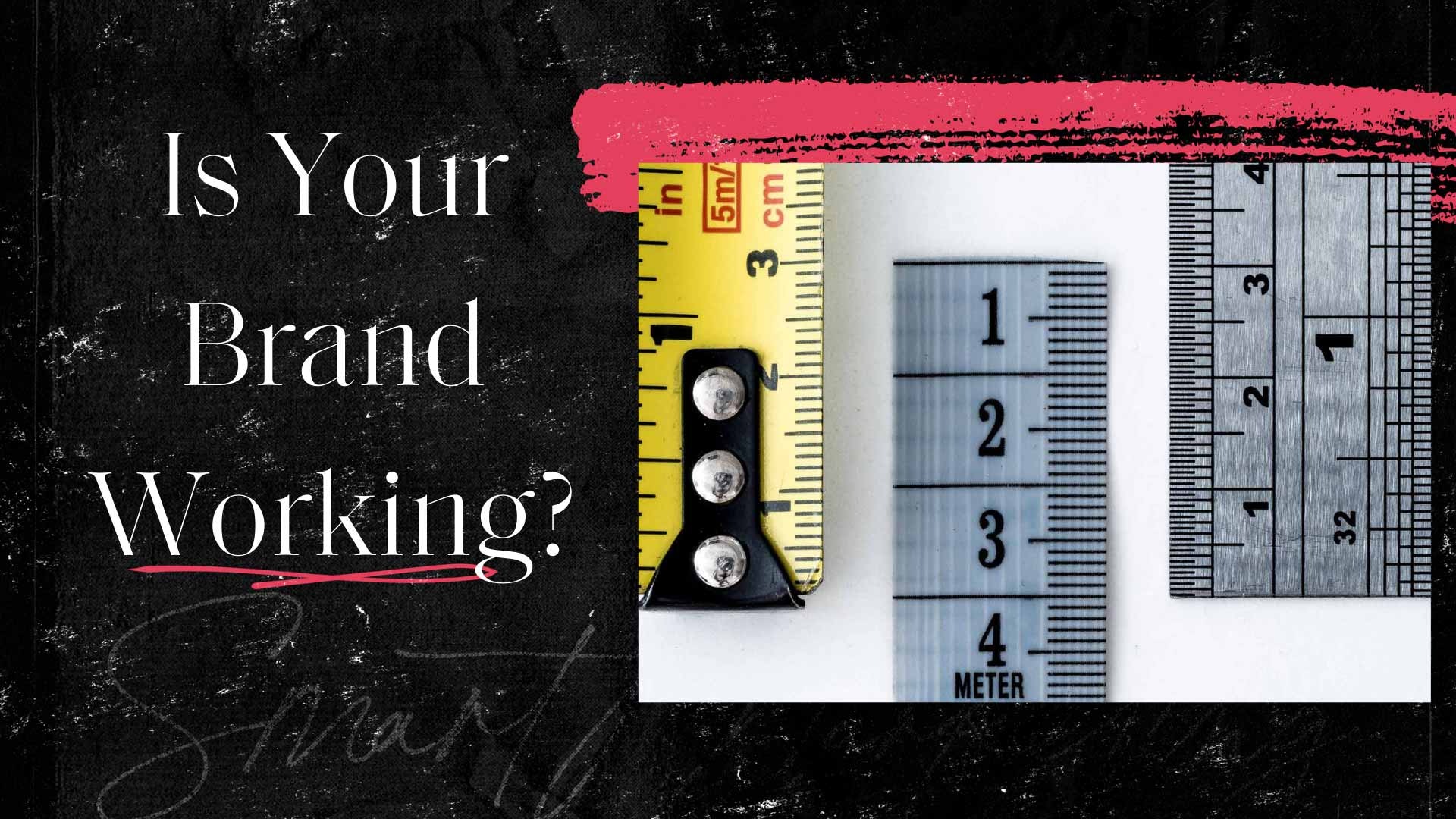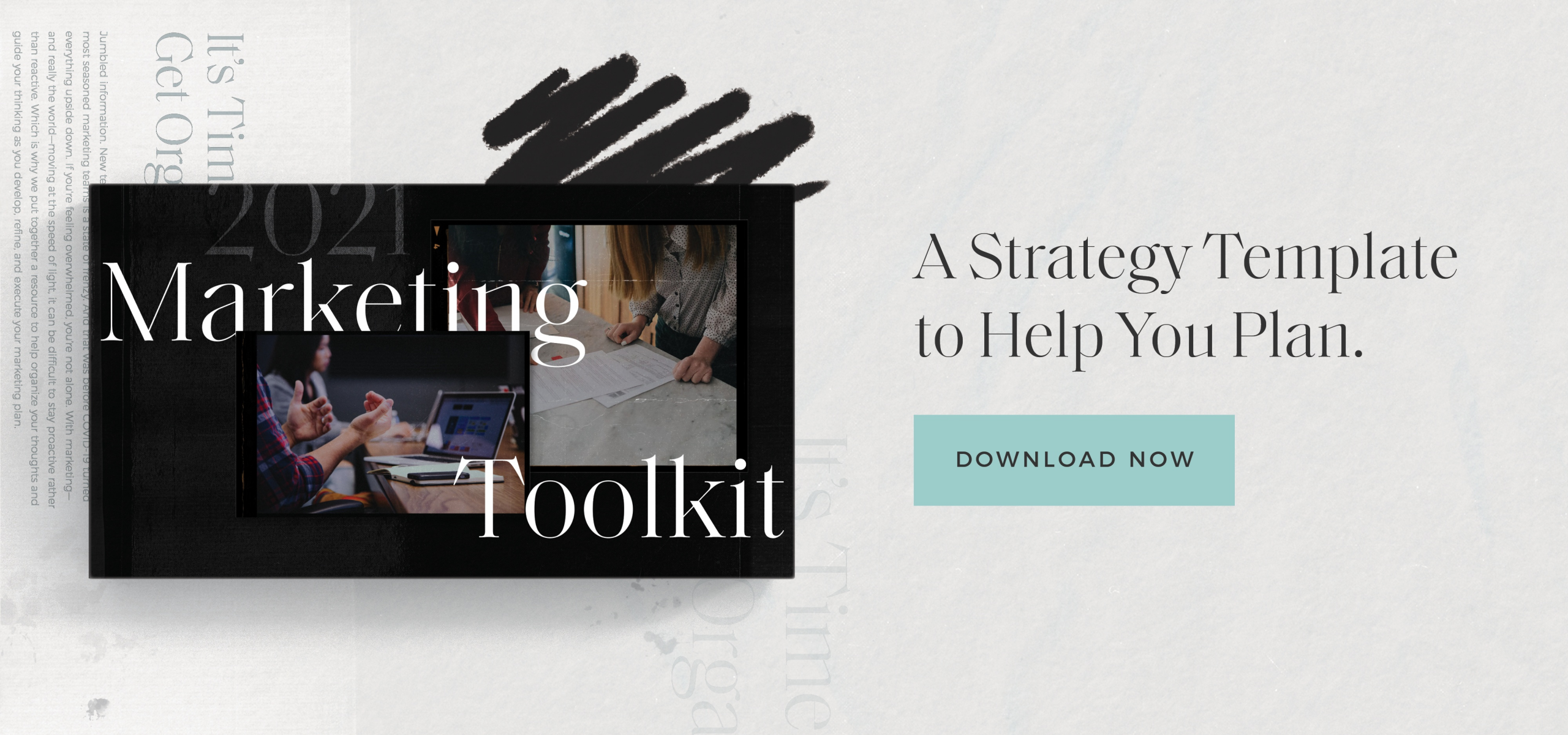Your brand is your distinct voice, it’s everything about your business that makes it unique. It should set you apart from your competitors and effectively communicate messages that connect with your audience. A successful brand aligns outgoing communications with the wants and needs of your audience. How can you solve their problems? How can you enrich their lives? What makes you different from Brand X? The most admired brands in the world make compelling arguments for their products while also signifying the deeper reasons they’re in business in the first place.
And if yours isn’t performing, it can torpedo everything you’re trying to accomplish.
Creating a brand identity
Think of your brand as a person, with a personality all its own. When you speak, is that person’s voice bold and refreshing? Does it display your business as an individual, clearly set apart from the rest of your industry? Or is it monotonous, a bland soundalike that’s difficult for customers to distinguish from your competitors? Or, perhaps just as bad, is your voice off-putting, getting attention for all the wrong reasons?
Brand is the most valuable currency you have to spend, the one constant in a world of disorder. When positioned effectively, it’s more resistant to change than any of the other aspects of your marketing foundation. But if you don’t give any thought to it, if your brand is just a bunch of cookie-cutter platitudes that don’t show off your personality and story, it’s impossible to really make the case that a prospect should choose you over your competition. Because no matter how stellar your product or service, people buy emotionally—which means your brand outweighs features and benefits every time.
If you don’t already know who you are, your business needs to figure it out, and show it off.
How is brand health measured?
To determine whether you’re setting your business apart or your brand is getting lost in the shuffle, ask yourself and your marketing team these questions. If you hear a lot of “yes” answers, you should be in good shape. If not, you may need to consider reinvesting in your brand.
Have you clearly articulated your reason for being?
No, this doesn’t mean “selling widgets.” It means the effect that you want to have on the world, what you want to accomplish by selling a widget or whatever service your business provides. Additionally, can your leadership team, employees, and customers voice your reason for being? Do they get why they come to work every day? Is there a reason to buy from you over the other guys beyond cheaper prices? If not, you won’t have the brand advocates you need to become a force in your industry.
Do you have clearly defined target audiences?
Do you have certain groups of people you know might want to do business with you, and do you know how to talk to these people? Identifying your audience is one of the first things you have to do to communicate your brand properly—without knowing who’s listening, there’s no way to speak intelligently to them.
Does your internal perception of your brand match up with how it’s seen in the marketplace?
Plenty of organizations see themselves as something amazing, but due to poor communication are seen in an entirely different light by outsiders. Whether the issue lies in trying to be something you’re not or it’s simply that you haven’t done a good enough job telling the world your story, you need to know how you’re seen to know what actions you need to take.
Are you distinguishable from competing brands?
Do your prospective customers see you as unique, or are you being commoditized? And if there is a difference, do you come out favorably in the comparison? If you’re not standing out or you’re seen as runners-up, it can also be helpful to know why prospects think this, what they see as being “wrong” with your business and your communications. Only then can you change course and change their perceptions.
Do your employees understand—and believe in—your organizational vision?
Your employees might not always also be customers. But when they’re engaged, they are some of your most important, most committed advocates. If they know how to sell others on your vision, and they believe in and are invested in it, their connections can help you find great leads with clients you want to work with. Not to mention the fact that people want to do work they believe in, meaning you’ll be able to attract better talent and keep the great employees you already have. A strong internal brand (or employer brand, depending on which name you prefer) can help.
Are your communications consistent across channels and markets?
Aggressive and powerful in one, pastoral and calm in another, bland and voiceless in yet another. You can give a prospect whiplash by switching voices and styles from one advertisement to the next. Brand consistency is critical. Once you know what your voice is, stay there. Don’t change too much from one campaign to the next. An inconsistent brand can’t resonate with your audience.
Do your brand assets represent your current brand positioning?
Things like your name, logo, tagline, brand guidelines, and messaging documents need to be updated if you debut a new logo or color palette. You can’t send out letters on outdated letterhead without looking foolish and unprofessional. If you still have obsolete materials, replace them as soon as possible.
If you answered no to any of these questions, your brand—and the entire foundation of your marketing—could be in trouble. Thankfully, these are all problems that can be fixed.
Make your voice heard
Your brand is your voice, the chief way that you communicate with your prospects and customers. It might be the most important facet of your marketing. If it’s not on point, it’s hard to get anything else right. But if it’s not on point, it’s not fatal—you can take steps to fix the problem.
Research, to see what others in your industry are doing and how you can differentiate yourself. Talk to customers, to see what they want to hear and how, and to see how to set yourself apart without losing the attention of your audience. Stay consistent in your messaging, once you know what you want to say and how. This way you can tell the world why you exist, and why they should care, and why you can help solve their problems better than the other guy.
Your brand is more than a tagline. Don’t neglect it.







